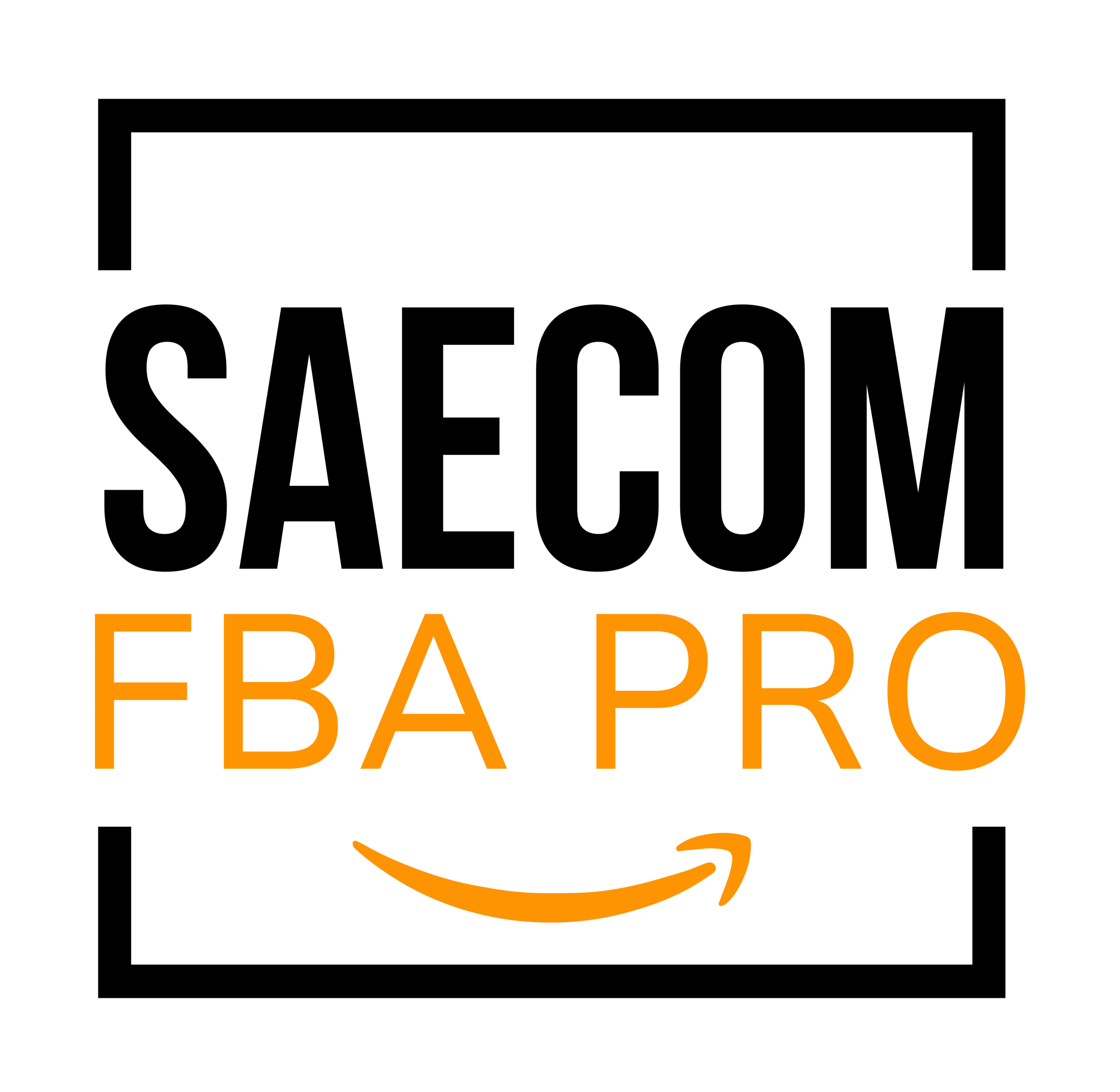A Comprehensive Guide to Crafting Compelling Amazon Listings
Creating an Amazon listing that not only reels in the eyeballs. But engages one enough to go on and become a paying customer is no mean feat. It takes a concoction of fine balancing acts of strategic keyword placement, engaging descriptions, confirmation-building images, and more.
In the following guide, we are going to go step-by-step through the basic parts of preparing Amazon listings. But withstand the test of time while algorithms are in continual change.
Let’s discuss it!
Understanding Amazon’s Algorithm
Amazon’s powerful and somewhat enigmatic A9 algorithm is the brain behind rankings within their search results. And is like a compass guiding your visibility throughout the marketplace. Understanding its mechanics is key in crafting your listing, and subsequently getting sales.
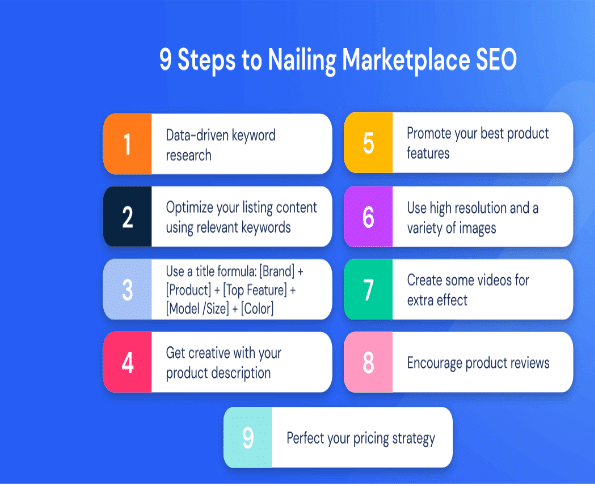
How Amazon’s A9 Algorithm Works?
At the end of the day, A9 is Amazon’s home-brewed search engine, designed from the ground up to match users’ search queries with relevant product listings. Traditional search engines care most about a mix between relevance and authoritative sites. A9 cares a lot more about an emphasis on user satisfaction and purchase likelihood.
Two kinds of ranking factors are important to this focus: relevance factors and performance factors.
Relevance Factors: The elements your listing matches a customer’s search query with, carrying over the search terms inside of the product listing. The more closely these factors match what shoppers look for, A9 may regard your product as relevant.
Performance Factors: In simple yet best terms, it is the resources measuring the way products have sold in the past. The performance reflects factors like conversion, sums of sales, and customer reviews to name a few. In other words, if a product literally sells impressively and in a way gets customers satisfaction; here is where A9 takes proof that future customers can equally be happy with the said product.
The Importance of Relevance and Performance Factors in Product Ranking
Understanding the dual focus of A9 on Relevance and Performance will help sellers in their strategy toward the optimization of listings. Here is the reason why it is important in each case:
Relevance: That’s the foot in the door. Without relevance, you may never get your message or product to the potential customer. Carefully researching your keywords and implementing them in your descriptions will make it considerably easier for the A9 algorithm to understand what your product is offering and the kinds of queries your product must come up with.
Performance secures your position. When your product performs well, the instances of such user behavior confirm that this product should be higher in ranking. High conversion rates and good reviews tell A9 that your product is a winner. Herein, the algorithm builds a soft spot for helping embattled products in their rise up in the e-commerce market over other less successful ones.
This simply means the A9 at Amazon works on very simple algorithms at its core: selling products most likely to be purchased by consumers and providing satisfying shopping experiences. For the seller side, that means the key to conquering Amazon is mastering the art of relevance and performance.
Conducting Effective Keyword Research
It’s like stumbling upon a treasure chest face to-face when it comes to the world of Amazon sales. Finally, Amazon’s Brand Analytics, along with Helium 10 and Jungle Scout, can give you a peek at the search terms to help zero in on those attractive words real shoppers are using.
The benefits of determining the volume at which people search for a term; the levels of competition; and even the seasonality of keywords will help you tune your listings on an incredibly granular level. The natural inclusion of the keyword in the listing should first be started by understanding the intention a customer has.
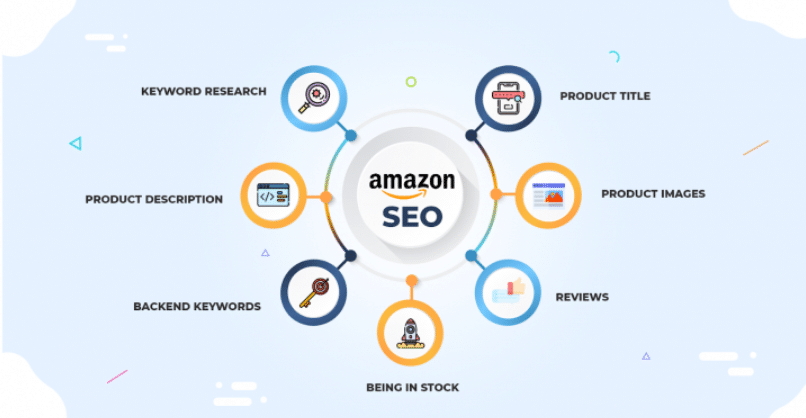
Placement of the keywords in the product title, bullet points, and product description should have the intention to rank but also readability. Always remember: it’s humans who buy the products, for which your product is being ranked by the algorithms. That emphasis should be in natural language, something that will attract your potential customer in such a way that encourages the sound inclusion of your keyword rather than making the keyword inclusion sound forced.
According to a study by A9, listings optimized with relevant keywords can see an increase in visibility by up to 70%.
Crafting a Captivating Product Title
An effective product title is the first handshake with the customer. It should strike a balance between information and attraction – that is, it should be able to give a little insight into the product while attracting the shopper to click. Usually, the brand name is mentioned, along with the main feature, the type of material used, and the size or quantity, together with the unique selling point.
For example, an Amazon study found, that titles that clearly describe what the product is led to as much as a 30% increase in click-through rates. This means balancing the right keyword with fair attractiveness to the consumer.
Instead, in your title, always make a point of placing the most relevant keyword closer to the start so as to appeal to the Amazon listing algorithm. Keep it to under 200 characters, putting a strong emphasis on clarity and desirability.
Your Product Features and Description
Highlighting key product features effectively means highlighting benefits almost as much as features. Customers may not be buying the product at all; they are buying a solution to what they need.

Use bullet points to clearly outline each benefit, making this easily scanned at first sight. A powerful product description then goes ahead to elaborate on this base, trying to link the features and benefits in the form of a narrative that speaks to the buyer at the emotional level. Methods like using stories could easily turn a simple description into a persuasive piece, increasing conversion rates significantly.
That said, shoppers are 30% more likely to buy products when compared with product descriptions that highlight the superficial qualities of the product.
HTML Formatting: This helps a lot in enhancing the readability and visual appeal of the content. Though Amazon bars the use of some HTML tags, a few selected ones, as indicated above, can still help your description keep up its scannability and activity for even better retention and conversion.
High-Quality Product Images and Videos
The significance of professional photos in product listings cannot be overstated. As Marta Raptis states in reference to her blog, “90% of online buyers say photo quality is the most important factor in an online sale.” This goes on to show that indeed it is paramount for any sort of business to invest in high-quality imagery. That is, images and videos that are clear, well-lit, and can be taken from varied angles will surely serve the intended purpose.
Lifestyle images such as your product in use can also help customers to visualize themselves using the product and hence the appeal is further boosted.
This also considerably increases a brand’s awareness, visibility, and trust, which is mostly leveraged in visual storytelling by brand owners on Amazon through the use of Amazon listing A+ Content. A+ Content allows you to put much more advanced images, comparison charts, and much more stuff on your product listings to ensure richer experiences with every buy.
Pricing Strategies That Work
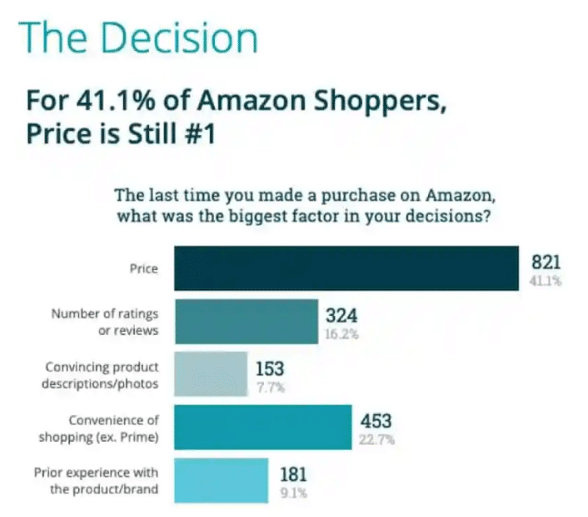
Terms to be used in follow-up emails should be. “Thanks for purchasing” and “We’d be over the moon if you could review us.” Responding timely, apologizing where needs be. And offering variants are just some of what is good and make up for good handling of negative reviews.
Handling such reviews this way will not only be able to turn a dissatisfied customer into a happy one. But will also prove to potential clients that you take care of their satisfaction.
Utilizing Enhanced Brand Content (EBC) and A+ Content
EBC and A+ Content are amazing features especially meant for brand owners on Amazon. Which are responsible for spicing up their Amazon listing product descriptions. With the high-resolution photographs and videos of your Amazon listing product and the flexible ability to place custom text,. These two instruments will help make your product more attractive.
Best practices are to use clear, high-resolution images, and keep text short and to the point. But do make sure to focus on the solution your product actually offers toward some particular customer problems. Combining these mediums can really result in great brand perception and sales.
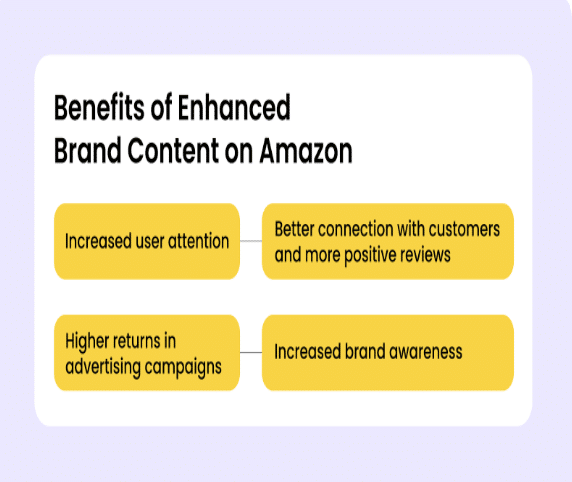
Monitoring and Adjusting Your Listings
It’s important to keep track of how your listings are progressing in order to remain competitive. Amazon provides tools such as Brand Analytics that can give insight into search term usage and conversion rates. At the same time, third-party software may bring even deeper analytics about customer behavior or Amazon listing optimization opportunities.
This ongoing optimization based on analytic data may mean small tweaks in your keywords or updated images. Possibly even price alterations reflective of the market. Regular revisiting and refinement of one’s listings to make sure they perform well over time would be called for.
Conclusion
In a nutshell, the painful yet highly rewarding journey for success maximization on Amazon comprises scores of strategic steps. From ensuring, right from the beginning, that there exist high-quality images and videos of your products. That capture the whole idea and essence of your products, to pricing strategies in line with consumer psychology.
The bottom line message is to keep refining and testing different elements of your listings. The online retail environment is a fluid one. And, staying agile means your products will continue to talk to your target audience.
When thinking of taking your Amazon business to the next level, just come to SAECOM FBA Pro. We’ll be there right from Amazon listing optimization. We’ll take care of everything, right from listing optimization to your FBA business. We will take the headache of developing products off your head.
Join together in the drive towards bigger success on Amazon. Your journey in e-commerce is unique, and sharing your story inspires and guides others within the community.

